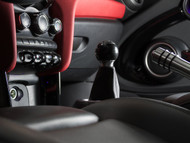Bread and Butter
Posted by Jacob on 23rd Nov 2018
When designing an upgrade to an assembly, the top priority is to ensure that compatibility is maintained while adding features that benefit the end user. When looking into a shifter replacement for the R53 Mini, it was important to make sure that it would interact seamlessly with the shift knob, the retainer & housing, and the shift linkage itself.
The machined acetal knob adapter that is threaded on to the top of all of our shift shafts across all Mini generations was designed not only to fit all stock Mini knobs as well as our own replacement knob, but is also removable. The threads used to attach the adapter to the shifter were chosen because the M12x1.25 threadform is used on most manual Ford, Lexus, Toyota, and Subaru vehicles, giving you options for many other aftermarket shift knobs. This means that you can keep your OEM knob, use ours, or even find a shift knob made by another 3rd party and use that instead.
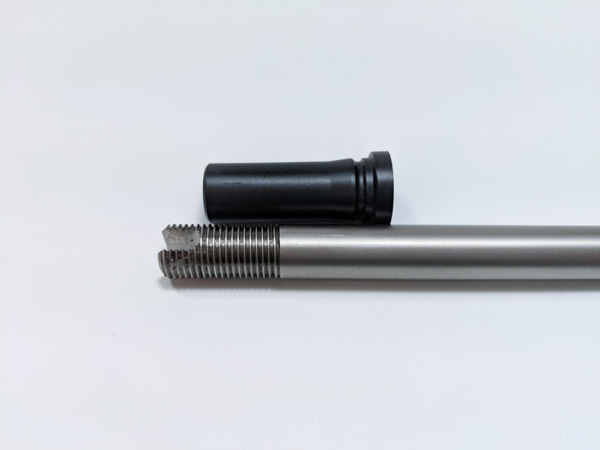
The acetal is extraordinarily strong for a plastic piece with such thin walls, and the internal threads are slightly undercut so that it will never back off when tightened down on the threads at the top of the shift shaft.
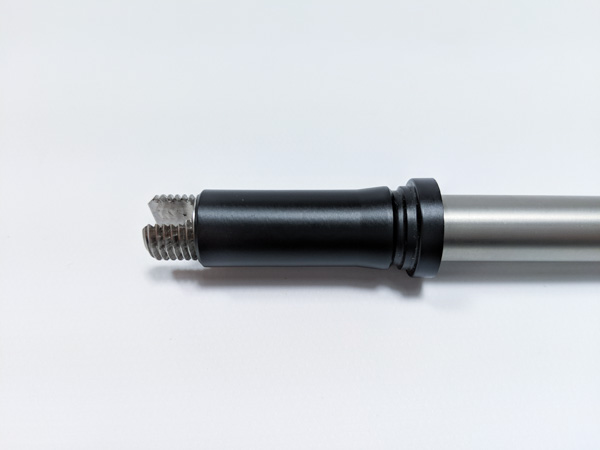
The main aluminum pivot design incorporates a feature that is unique to the market. While most pivots are typically machined into each shaft, ours is quite different. The easiest option is to design a single piece shifter shaft that has a fixed shift distance. Instead, we found that with a multi-piece design we could offer an adjustable shifter, that would allow the user to fine tune the shift distance to suit their needs.
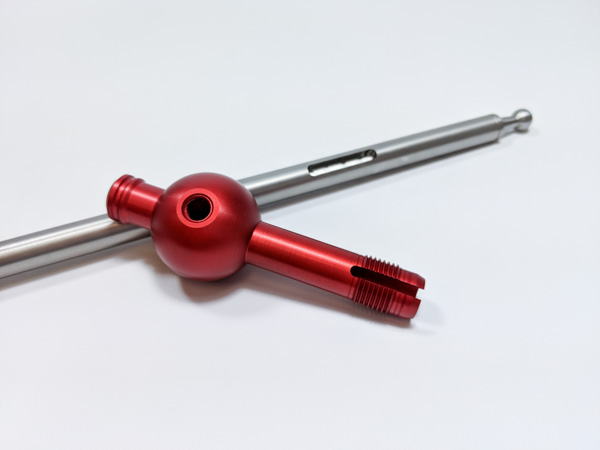
The main pivot is its own piece, allowing the shifter shaft to fit through. The side linkage pivot threads into the side of the main pivot and registers into the slot on the shaft, which allows for the adjustment of the shifter. The main pivot incorporates the OEM o-ring groove that the stock shifter has, so all you have to do is transfer the o-ring over to the new shifter.
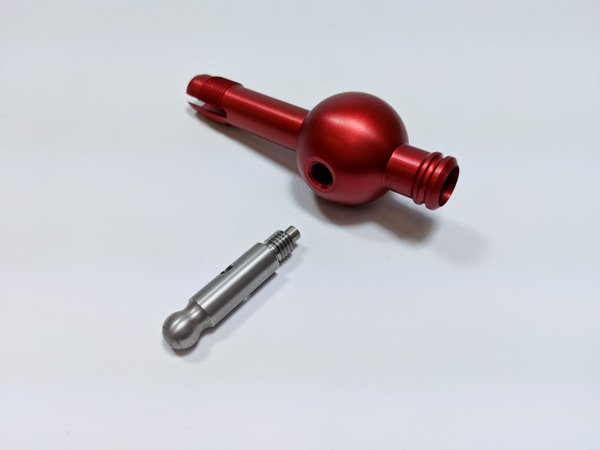
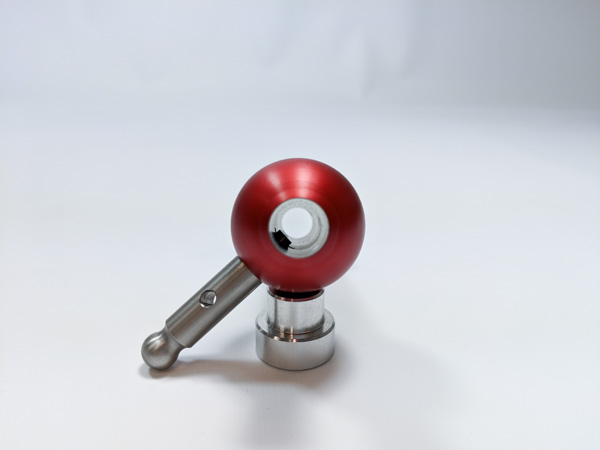
The adjustment range was tested intensely. We didn’t want the linkage to be dragging on the top of the exhaust tunnel, but we also didn’t want to create a long throw that might put too much pressure on the stock housing and retainer.
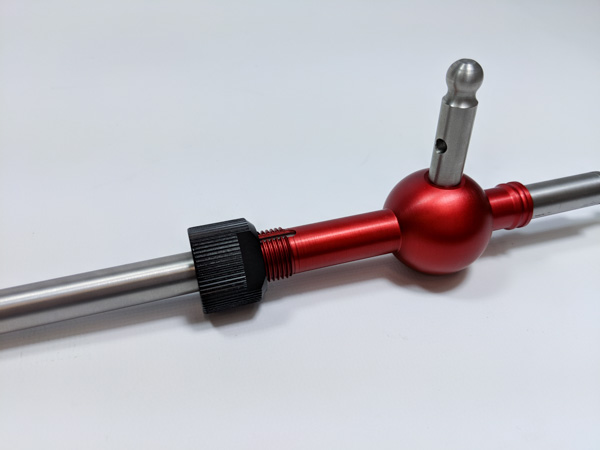
The aluminum collar that threads over the top of the main pivot pinches the top of the main pivot onto the shift shaft when it is tightened, so that it can’t move up and down. With the collar loose, the shaft is free to move up and down in the pivot. The collar is straight knurled in order to allow for easy adjustability on the fly with our shift well cover. It also features wrench flats if you’re happy with the height and intend to leave it there long term.
Finally, at the heart of the assembly is our shifter shaft. Centerless precision ground out of 303 stainless steel, it is sized for a slip fit through the main pivot’s reamed hole. This perfect fit is what allows the adjustment feature to work so well. With the collar loose, you can easily adjust the height of the shifter. Once the collar is tight, the main pivot clamps down firmly onto the shaft and locks into place.
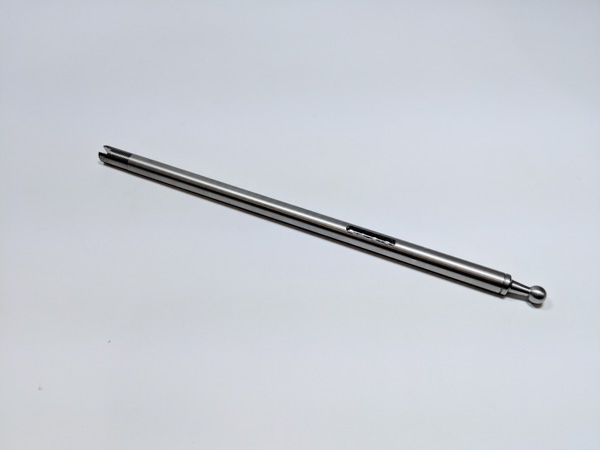
The threaded features and clocking slot at top, the adjustability slot down the middle, and the ball that mates to the linkage at the bottom are all precision CNC machined. The adjustability slot is precisely mated to the side pivot limiter pin, in order to keep the shift shaft properly clocked with no play. The ball feature at the bottom of the shaft and the ball feature on the side pivot are precisely machined to match the size and shape of the OEM shifter so that there is perfect fitment with both linkages. The slot at the top also mimics the slot on the OEM shifter that allows for the clocking of both the OEM knob and our shift knob as well.
Included in the short shifter assembly are 4 solid shifter housing bushings. These were developed while we were taking the shifter out of the housing. The soft rubber OEM bushings allowed the housing to move around quite a bit, and it was fairly obvious that in order to insure our shifter has crisp shifts, the slop in the housing needs to go.
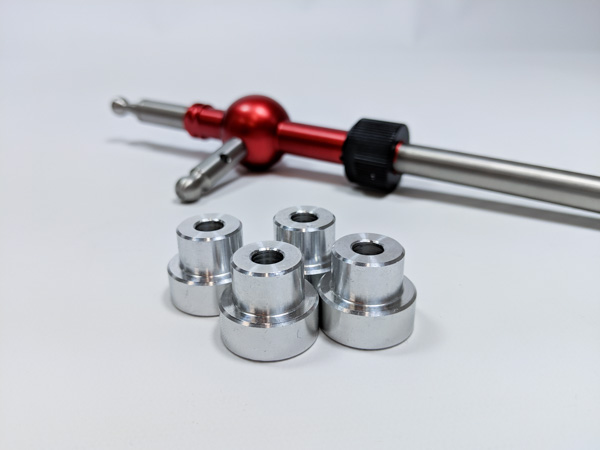
When Mini has made changes to the OEM shifter design throughout their generations, we’ve followed up with each revision. We’ve accomodated different housings, altered pivot sizes, modified linkage positioning, and shifter shaft location. With each change, we have taken our design intent with us for a final result that always results in better shifts without compromising how the shifter looks or feels, while still providing maximum adjustability.
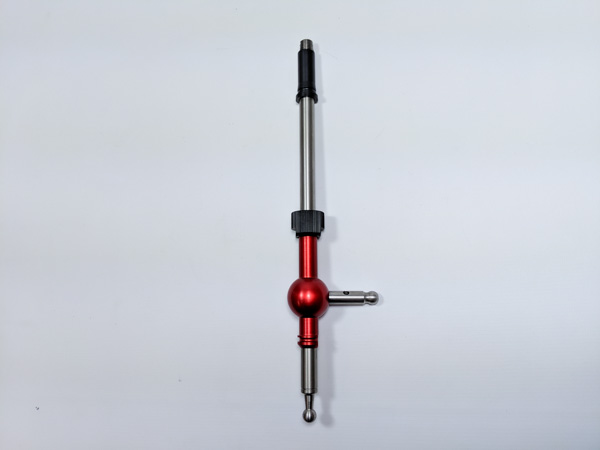
While all of these mating parts cause us to be very picky with our tolerances, the end product is an assembly that fits together perfectly every time. We have minimized material removal from extruded bar stock with our multi-piece construction and found a good balance of strength, modularity, and aesthetic.
